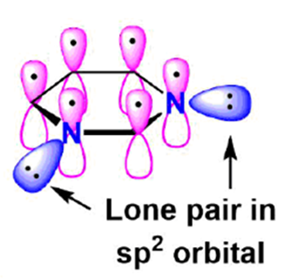37674-72-9
6-Chlorochroman-4-one
- 6-Chlorochroman-4-one
- 37674-72-9
- 6-Chloro-4-chromanone
- 6-chloro-2,3-dihydrochromen-4-one
- 6-Chloro chroman-4-one
Get a free no-obligation quote
We typically respond within 30 minutes during business hours!
Related Article(s)
Chloromethyl: compounds, synthesis and safetyJun 11, 2023

In the field of organic chemistry, a functional group known as the chloromethyl group (CH2Cl) can be found. In the formula for the methyl group (CH3), one hydrogen atom was replaced with a chlorine atom, which resulted in the creation of a new chemical entity that was subsequently given a new name.
Chlorides: Structure, primary types and applicationsAug 5, 2022

Chlorides are the negatively charged ions formed by chlorine (Cl-). To this end, chlorides are widely defined as any material containing chlorine. This category includes chlorine salts and acids such as hydrochloric acid.
Ketones: Nomenclature, classification, biochemical significance, applications and toxicityJul 26, 2022

Ketones are a group of organic compounds that have a carbonyl group that is a link between oxygen and carbon. They are present in sugars and pharmaceutical chemicals, like steroid hormones.
Aromatic Heterocycles: Introduction, classification and applicationsJul 20, 2022

An aromatic heterocycle is a type of cyclic compound that has more than just carbon in it. Most heterocyclic molecules have carbon and other elements like nitrogen, oxygen, or sulphur in their structure.
Chlorobenzene: Synthesis, applications and safety hazardsJun 22, 2022

Chlorobenzene is an aromatic organic compound with the chemical formula C6H5Cl. It is a flammable liquid that has a clear appearance and smells like almonds to some extent.it is soluble in water but at a lower temperature.